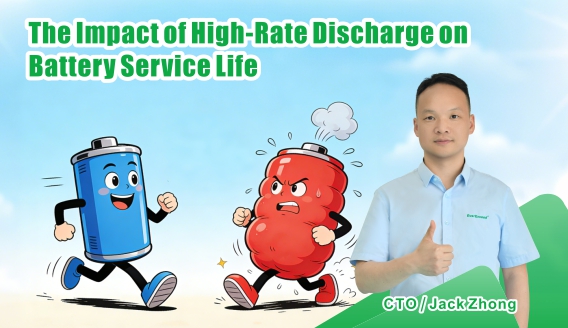
Jan , 17 2026
In many applications such as UPS systems, energy storage systems (ESS), fast-charging solutions, and high-power industrial equipment, batteries are often required to operate under high discharge rates. While high-rate discharge enables higher power output, it also poses significant challenges to battery lifespan, safety, and long-term reliability. At EverExceed, we design lithium battery systems w...
more
